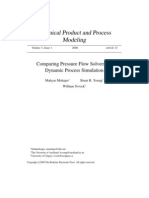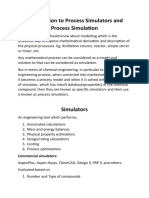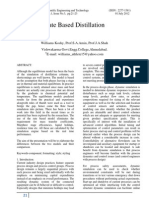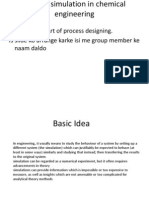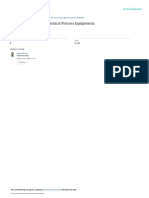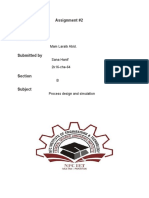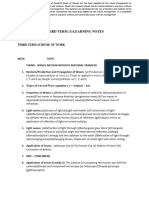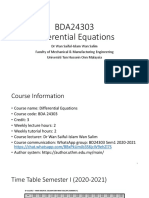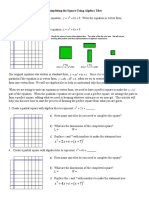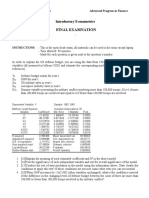0% found this document useful (0 votes)
26 views8 pagesUnit 5 Process Simulation
Chapter 1 discusses chemical process simulation, which involves creating mathematical models to predict the behavior of chemical processes through mass and energy balances. It outlines the use of process simulators for modeling, analyzing, and optimizing chemical processes, detailing various types of simulators, including sequential modular, simultaneous, and hybrid simulators. The chapter also highlights applications of process simulation in computer-aided design, process optimization, and solving operational problems.
Uploaded by
aashutosh1164Copyright
© © All Rights Reserved
We take content rights seriously. If you suspect this is your content, claim it here.
Available Formats
Download as PDF, TXT or read online on Scribd
0% found this document useful (0 votes)
26 views8 pagesUnit 5 Process Simulation
Chapter 1 discusses chemical process simulation, which involves creating mathematical models to predict the behavior of chemical processes through mass and energy balances. It outlines the use of process simulators for modeling, analyzing, and optimizing chemical processes, detailing various types of simulators, including sequential modular, simultaneous, and hybrid simulators. The chapter also highlights applications of process simulation in computer-aided design, process optimization, and solving operational problems.
Uploaded by
aashutosh1164Copyright
© © All Rights Reserved
We take content rights seriously. If you suspect this is your content, claim it here.
Available Formats
Download as PDF, TXT or read online on Scribd
/ 8











